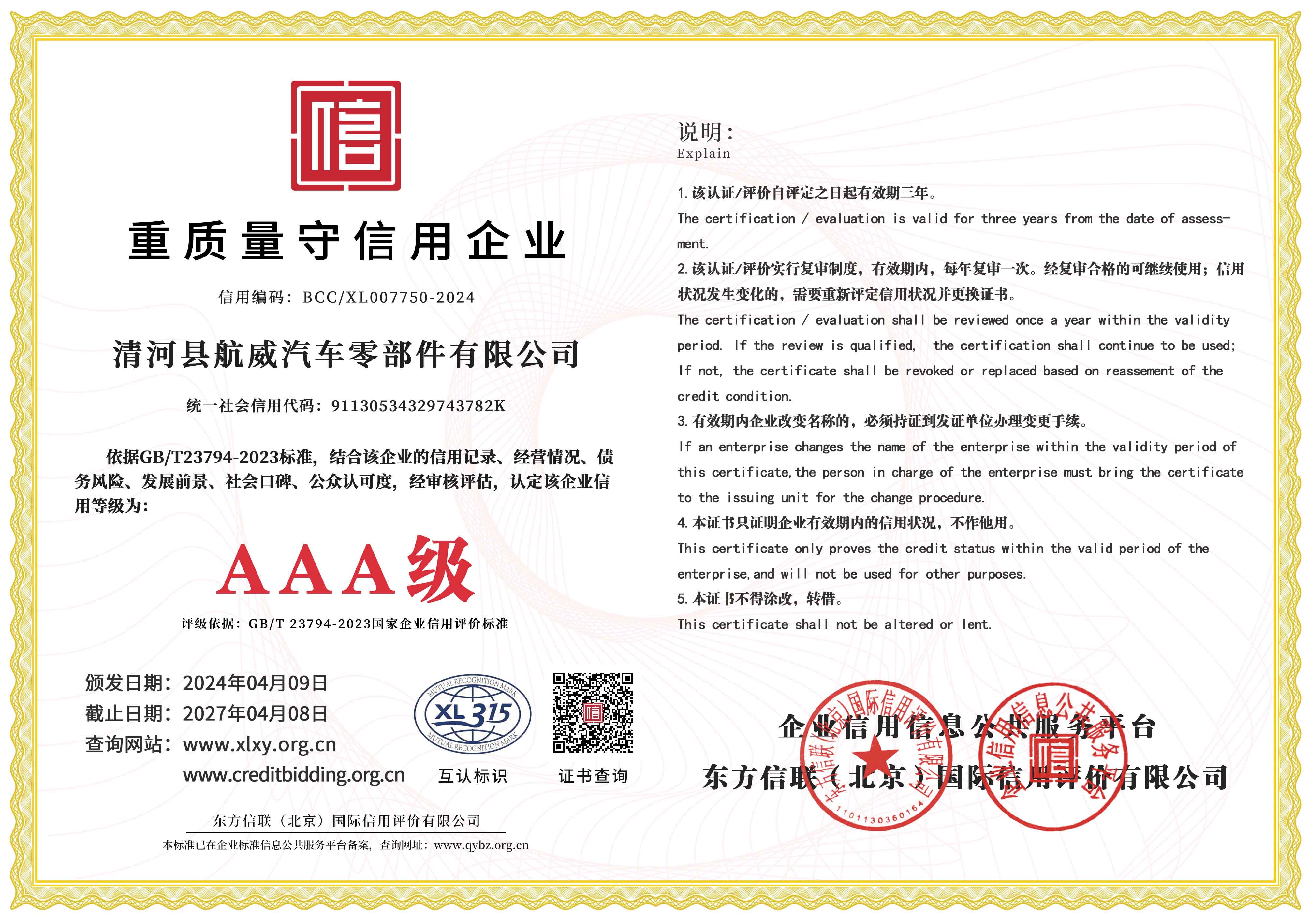go kart accelerator cable
Understanding Go-Kart Accelerator Cables The Essential Link to Speed
Go-kart racing is an exhilarating activity that combines speed, skill, and precision. At the heart of any go-kart's performance lies a critical component the accelerator cable. This unassuming yet vital part plays a significant role in translating the driver's intentions into the raw power delivered by the engine. In this article, we’ll explore the importance, functioning, and maintenance of go-kart accelerator cables.
What is an Accelerator Cable?
The accelerator cable is part of the go-kart’s throttle system that connects the accelerator pedal to the carburetor or throttle body of the engine. When the driver presses the accelerator pedal, the cable pulls on the throttle mechanism, allowing more air and fuel to enter the engine, which in turn increases speed. The efficiency and responsiveness of this cable directly affect the go-kart's performance.
How the Accelerator Cable Works
1. Mechanics of Operation When a driver presses down on the accelerator, the cable is tensioned. This tension pulls the throttle plate open, enabling a richer mixture of fuel and air to flow into the engine. The exact response time of a go-kart relates heavily to the cable's condition and installation.
2. Types of Accelerator Cables There are two primary types of cables push and pull. In most go-karts, a pull-type cable is used, meaning that it operates by pulling the throttle open. Each cable type has its specific applications and operational characteristics, but for the most part, go-karts use cables that provide smooth transitions to optimize speed and control.
3. Performance Impact The slackness or tightness of the cable can significantly impact the throttle response. If the cable is too loose, it may cause a delay in throttle response, affecting the go-kart's acceleration. Conversely, if it is too tight, it may lead to unintended acceleration, creating a hazardous situation on the track.
go kart accelerator cable

Maintenance of Accelerator Cables
Proper maintenance and care of the accelerator cable are crucial for optimal performance
1. Regular Inspections Drivers should routinely check their accelerator cables for fraying, rust, or signs of wear. Any damage should be addressed immediately to prevent failure during critical moments on the track.
2. Lubrication Keeping the cable well-lubricated can reduce friction, improving responsiveness and prolonging the cable’s lifespan. A synthetic lubricant is typically recommended as it provides a smoother operation and better protection against wear.
3. Proper Adjustments Understanding how to adjust the accelerator cable is essential. Most cables come with an adjustment nut that can be tightened or loosened to ensure the appropriate tension. Drivers should consult their go-kart’s manual for specific instructions on how to perform these adjustments effectively.
4. Replacement Over time, even the best-maintained cables will need to be replaced. It’s crucial to select a high-quality replacement cable suited for the specific type of go-kart in use. Original Equipment Manufacturer (OEM) parts are often recommended for the best fit and performance.
Conclusion
The accelerator cable may seem like a small part of the grand scheme of go-kart racing, but its role is undeniably significant. Understanding how this component works, the impact it has on performance, and how to maintain it can significantly enhance the racing experience. Whether you're a hobbyist or a budding kart racer, giving attention to your accelerator cable can lead to improved speed, better control, and ultimately, more enjoyment on the track. Taking the time to understand and care for this essential link between driver and machine could make all the difference in your racing success.
-
Upgrade Your Vehicle with High-Quality Handbrake CablesNewsNov.01,2024
-
Optimize Your Bike's Performance with Quality CablesNewsNov.01,2024
-
Enhance Your Vehicle's Performance with Quality Clutch ComponentsNewsNov.01,2024
-
Elevate Your Vehicle's Performance with Quality Throttle CablesNewsNov.01,2024
-
Elevate Your Vehicle's Performance with Quality CablesNewsNov.01,2024
-
Affordable Solutions for Your Cable NeedsNewsNov.01,2024
